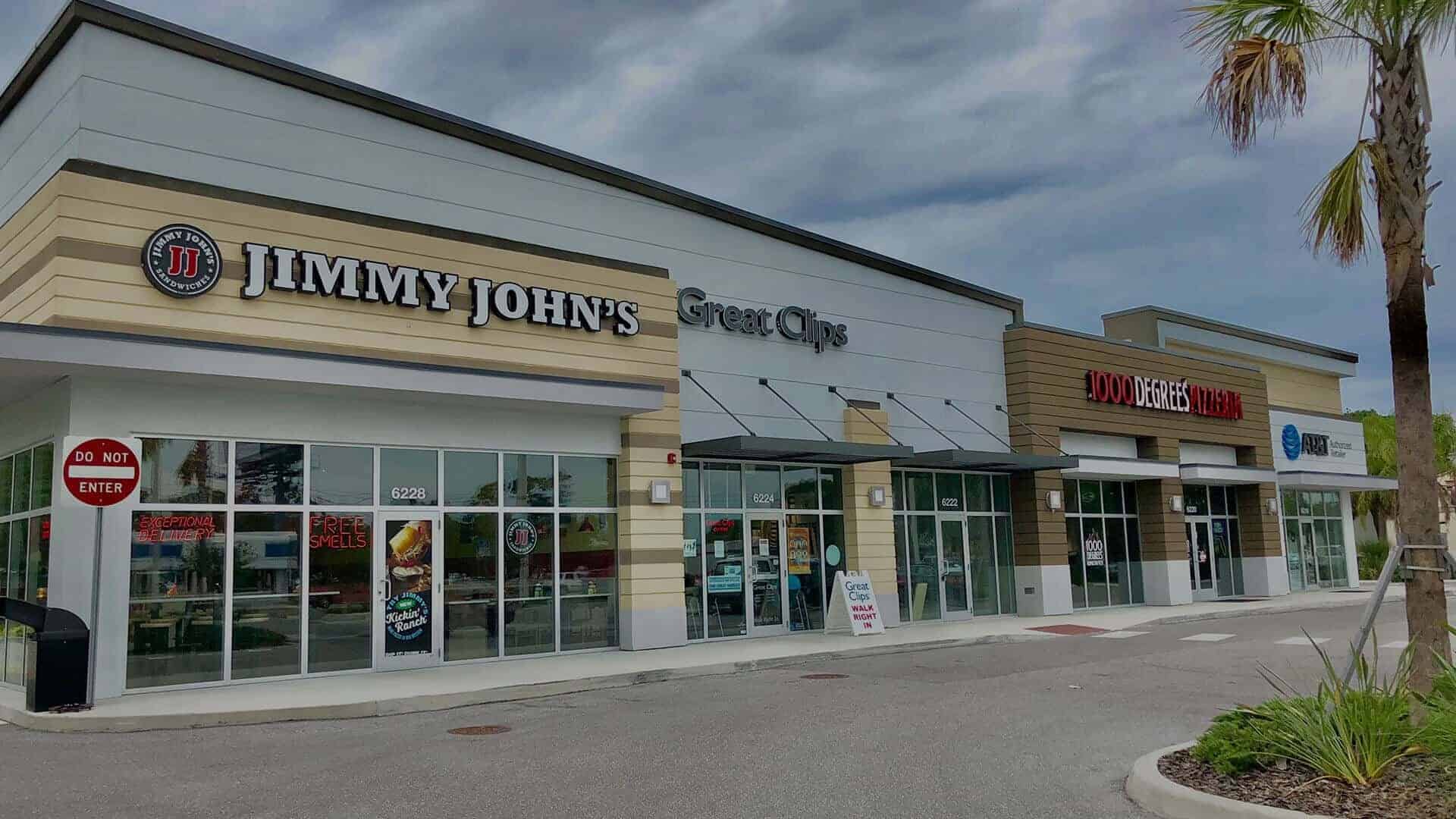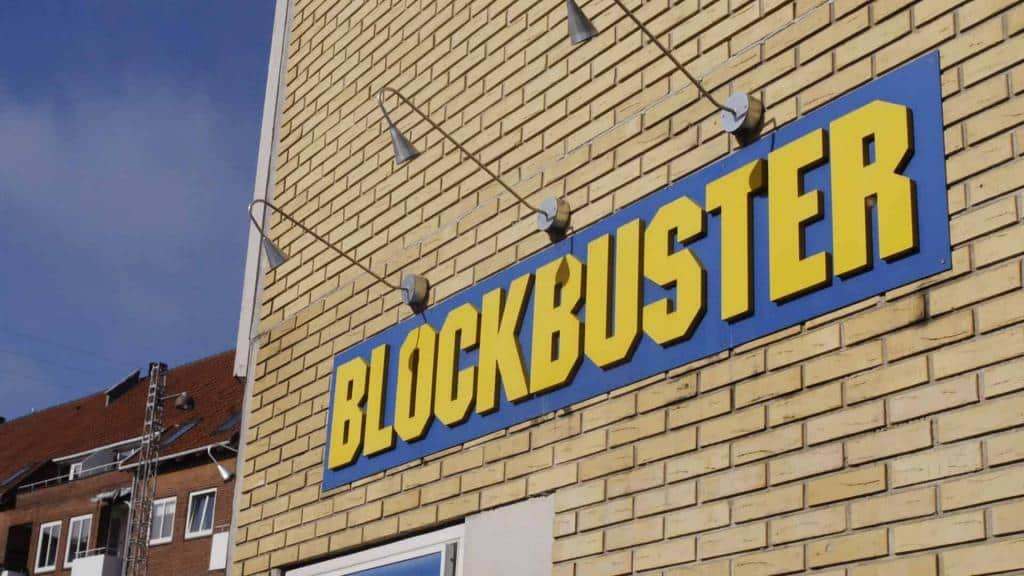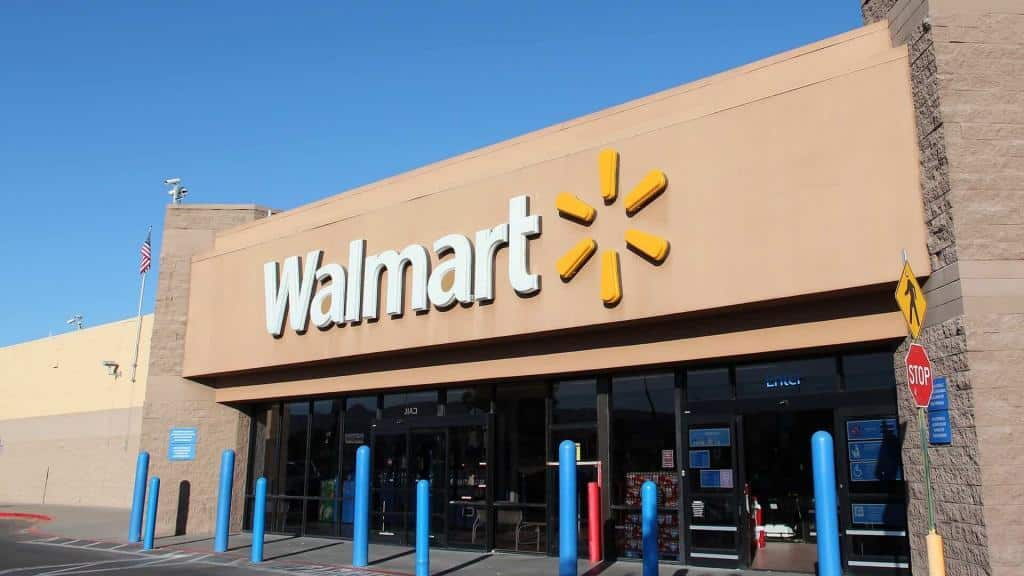Health-forward restaurants are facing challenges as higher commodity and labor costs impact their profitability. Clean Juice, a health-focused juice bar franchise, has seen costs rise across various areas, including paper goods, meat, dairy, and produce. To address these challenges, Clean Juice has introduced marketing strategies focused on price, such as offering products for under $6 and a pick-two menu for under $13. The company is also working with franchisees to identify underpriced or overpriced items and making changes to the menu to offset cost pressures. Additionally, Clean Juice has implemented initiatives like a tipping prompt and incentives for mobile app orders to support employees and improve labor efficiencies.
Playa Bowls, an açai bowl chain, is also navigating inflation by carefully balancing pricing, menu engineering, and labor optimization. The company has faced challenges with rising costs of ingredients like blueberries. Playa Bowls has taken small pricing actions on select items and delivery menus, while also focusing on inventory management and highlighting more profitable items. The Playa Rewards platform helps shape pricing decisions through engagement data and direct communication with loyal customers. Similarly, Salad and Go, a fast-food chain focused on healthy salads, uses a hyper-efficient supply chain and labor model to keep prices low. The company delivers ingredients from farms to central kitchens, reducing the need for in-store team members. Salad and Go has implemented contract management strategies with suppliers and closely monitors factors like weather and seasonality to avoid major price hikes. The company’s streamlined operations enable it to pay competitive wages while maintaining affordable prices for customers.
To read more, click the link below.
How Better-for-You Brands Keep Pricing in Check – QSR Magazine







About The Author: Jeff Dervech
Jeff Dervech is a Tampa local commercial real estate agent, specializing in the arena of retail strip center and shopping centers.
More posts by Jeff Dervech